If you’ve ever found yourself scrolling past midnight only to wake up feeling like you never actually slept, you’re not alone. “In the realm of sleep, the digital revolution has been wreaking havoc,” says Thomas Heatherwick, founder and design director of Heatherwick Studio. “Instead of your bedroom being a calm, intimate place for recuperation, your entire world of messaging, news, and entertainment is right next to you, beckoning for your attention.”
Sound familiar? Heatherwick, alongside British lighting brand Tala, wants to change that with Wake, a science-backed sleep light designed to help you reclaim your sleepy sanctuary.
Wake isn’t just another bedside lamp – it’s an invitation to wind down and wake up differently. “Wake is our attempt to re-establish the sacredness of sleep and bring back analogue calm into the digital age,” Heatherwick explains. By pairing a tactile design with sunrise-and-sunset-inspired glows and soothing soundscapes, Wake makes rest feel restorative again.
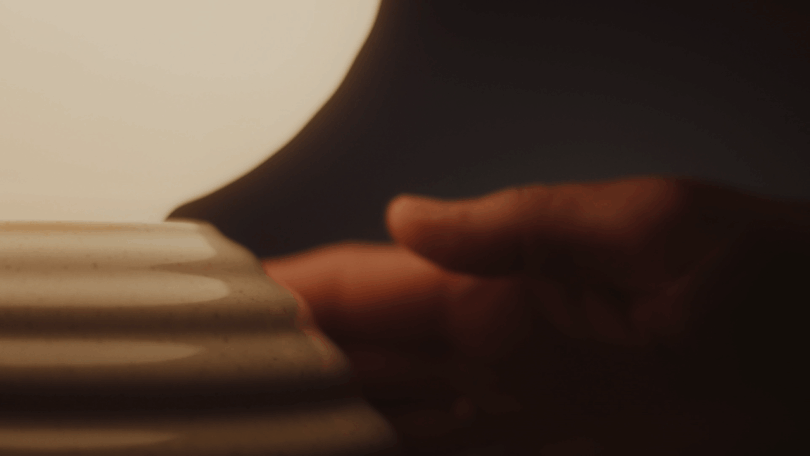
A rotating dial controls both brightness and sound – ranging from rainforest recordings to gentle alphorn tones – while the accompanying Tala app makes it easy to create personalized sleep routines and sync seamlessly with your smart home.
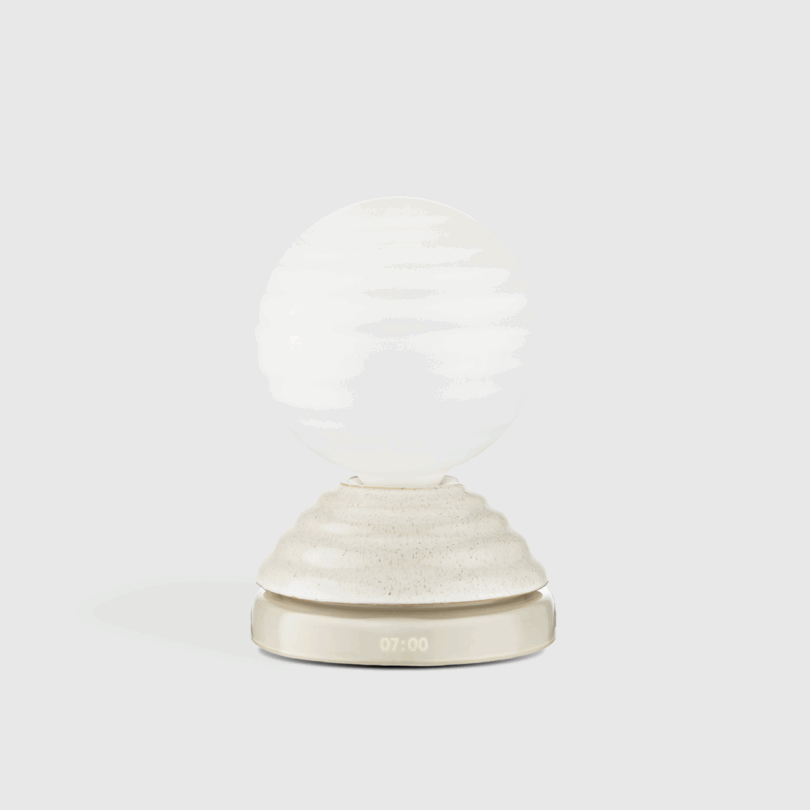
Inspired by natural rhythms, Wake gradually shifts in color and intensity to mimic dawn and dusk, easing you into sleep at night and waking you gently in the morning. After all, light is both our strongest cue – and our greatest disruptor – for the circadian clock. “Wake draws on sleep science to simulate a gradual, biologically effective sunrise, blending warm-to-bright light with calming nature sounds,” explains Josh Ward, co-founder of Tala. “This gentle approach replaces harsh alarms and helps you wake in a natural and restorative way. It also supports low-light evening wind-downs that promote melatonin release and encourage healthier rituals around rest.”
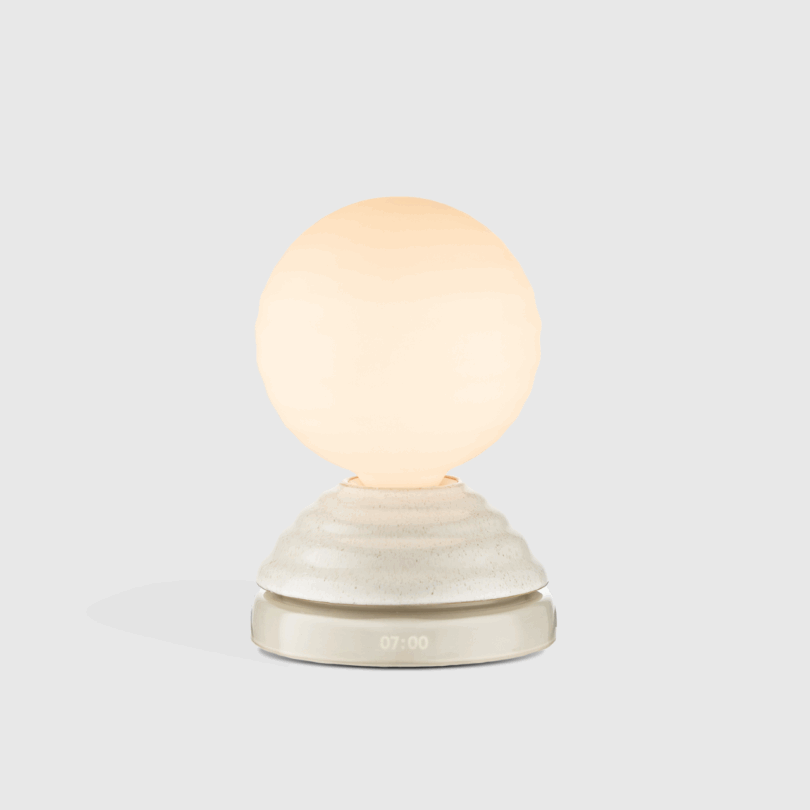
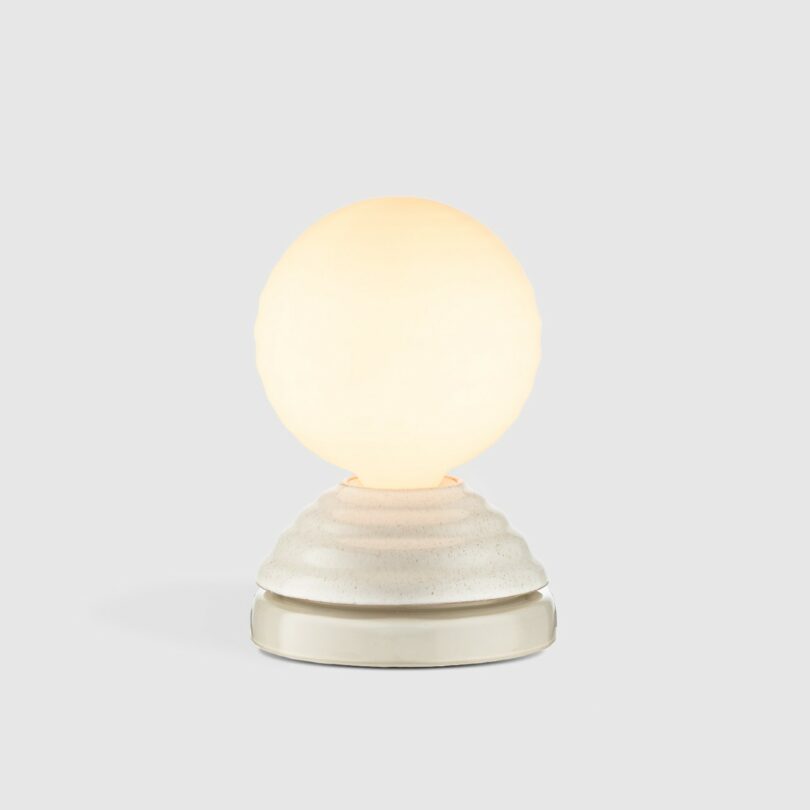
To make sleep even more restorative, Wake comes with its own simple Sleep Protocol. Grounded in research on light and circadian rhythms, the Sleep Protocol encourages three easy habits that can make a big difference in how you rest, including: setting a regular sleep–wake schedule with gentle light cues, reducing phone use in the bedroom by swapping screens for soothing glows, and embracing wind-down rituals like reading under Wake’s warm, dim evening light.
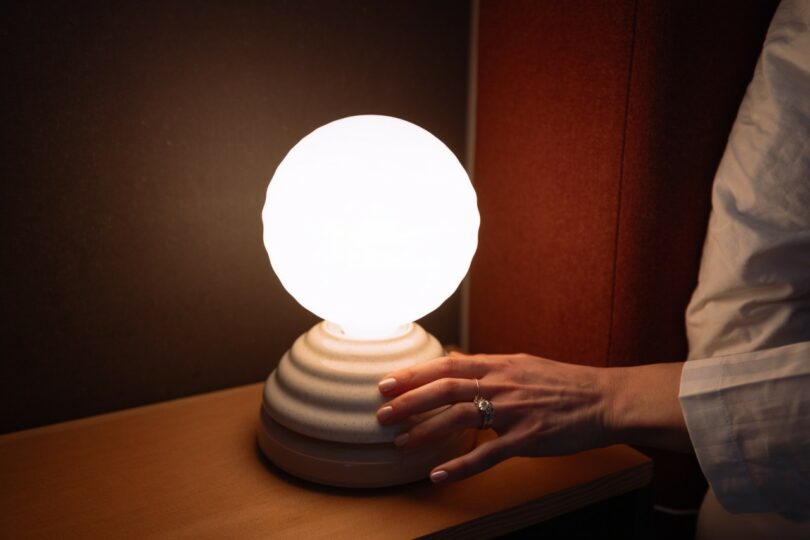
In a world where our phones have moved into our bedrooms, Wake is a welcome eviction notice. Part design object, part sleep coach, it swaps blaring alarms and blue light for sunrise glows and rainforest sounds. Better sleep, fewer 2 a.m. scroll sessions, and mornings that actually feel restful are only a dial away.
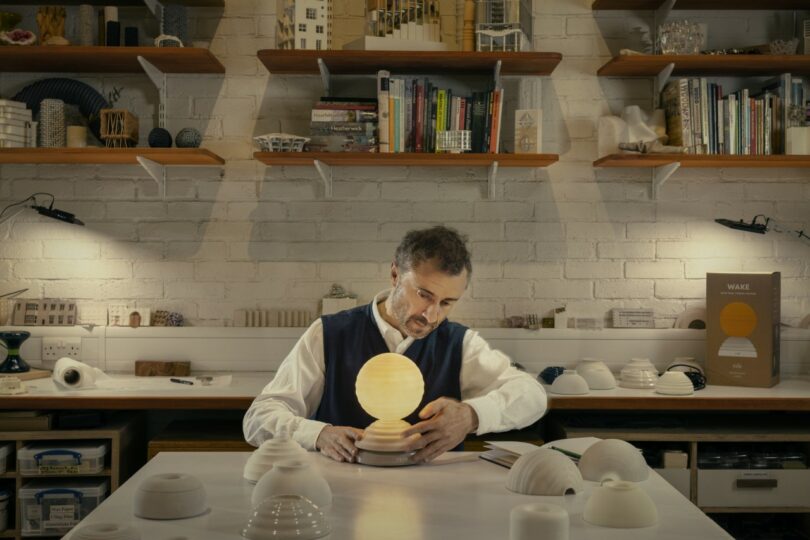
Thomas Heatherwick \\\ Photo: Raquel Diniz
To get your Z’s in the right way, check out the Wake sleep light by Heatherwick Studio and Tala at talalighting.com.
Photography courtesy of Tala and Heatherwick Studio.

